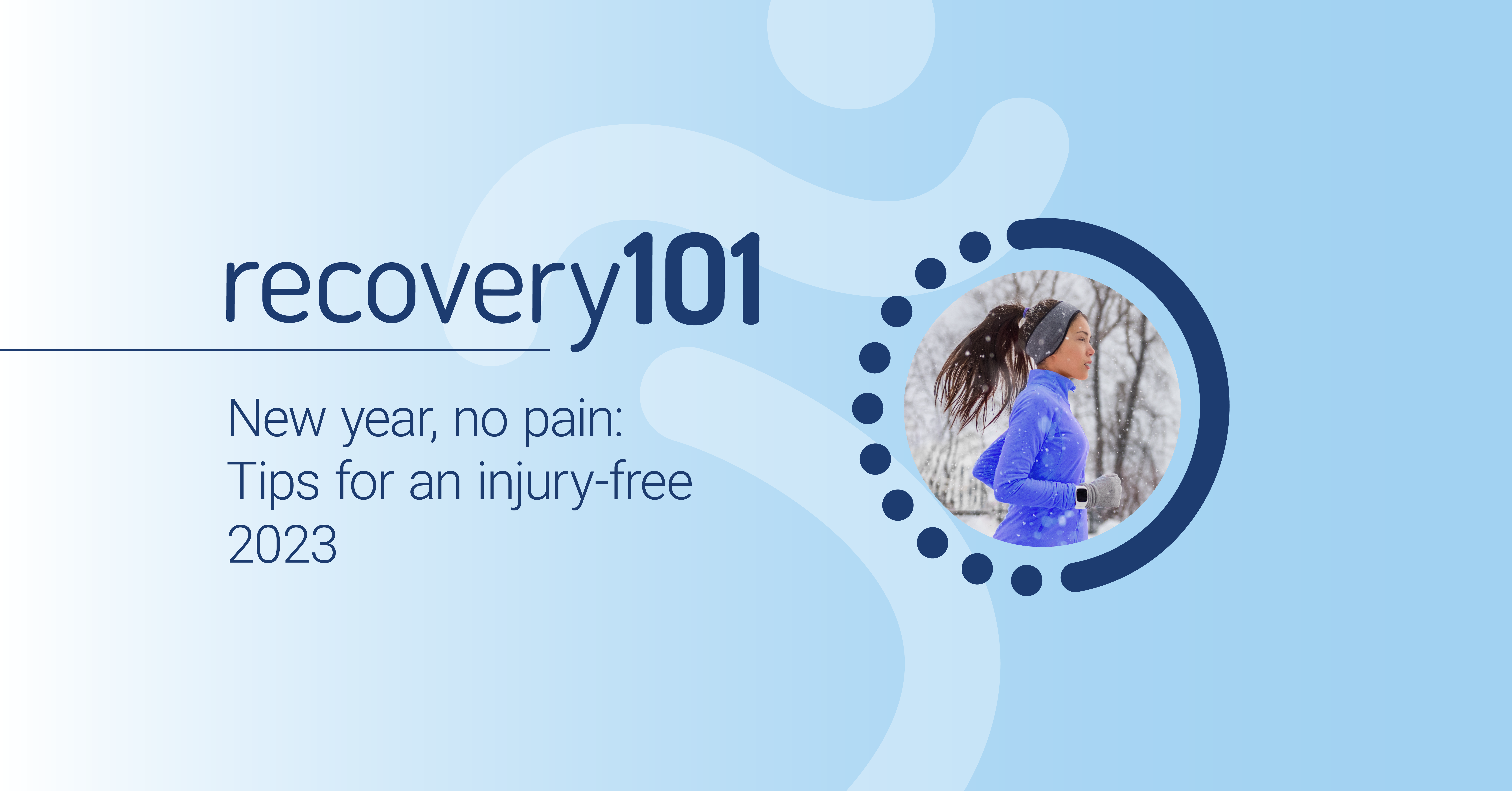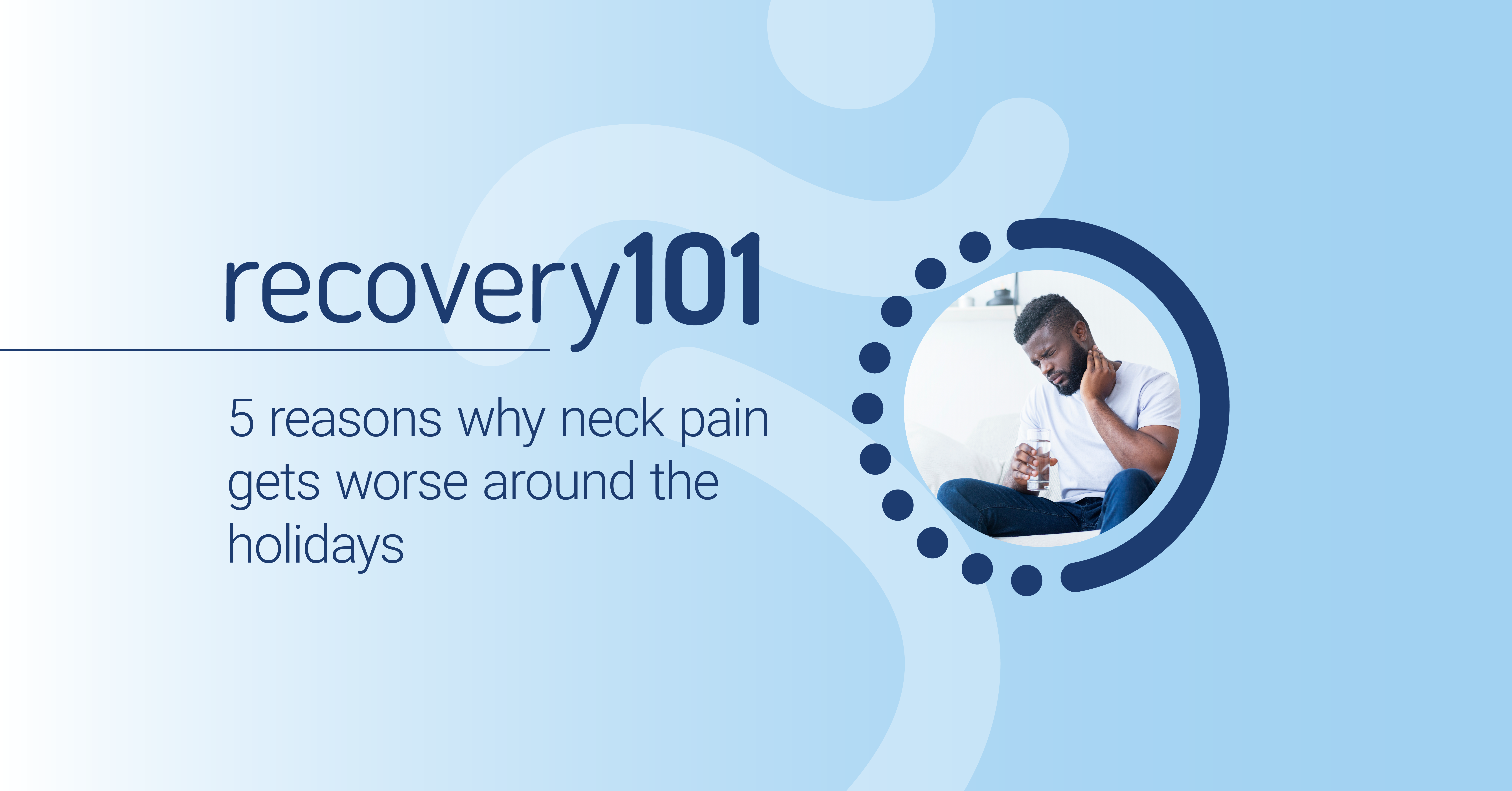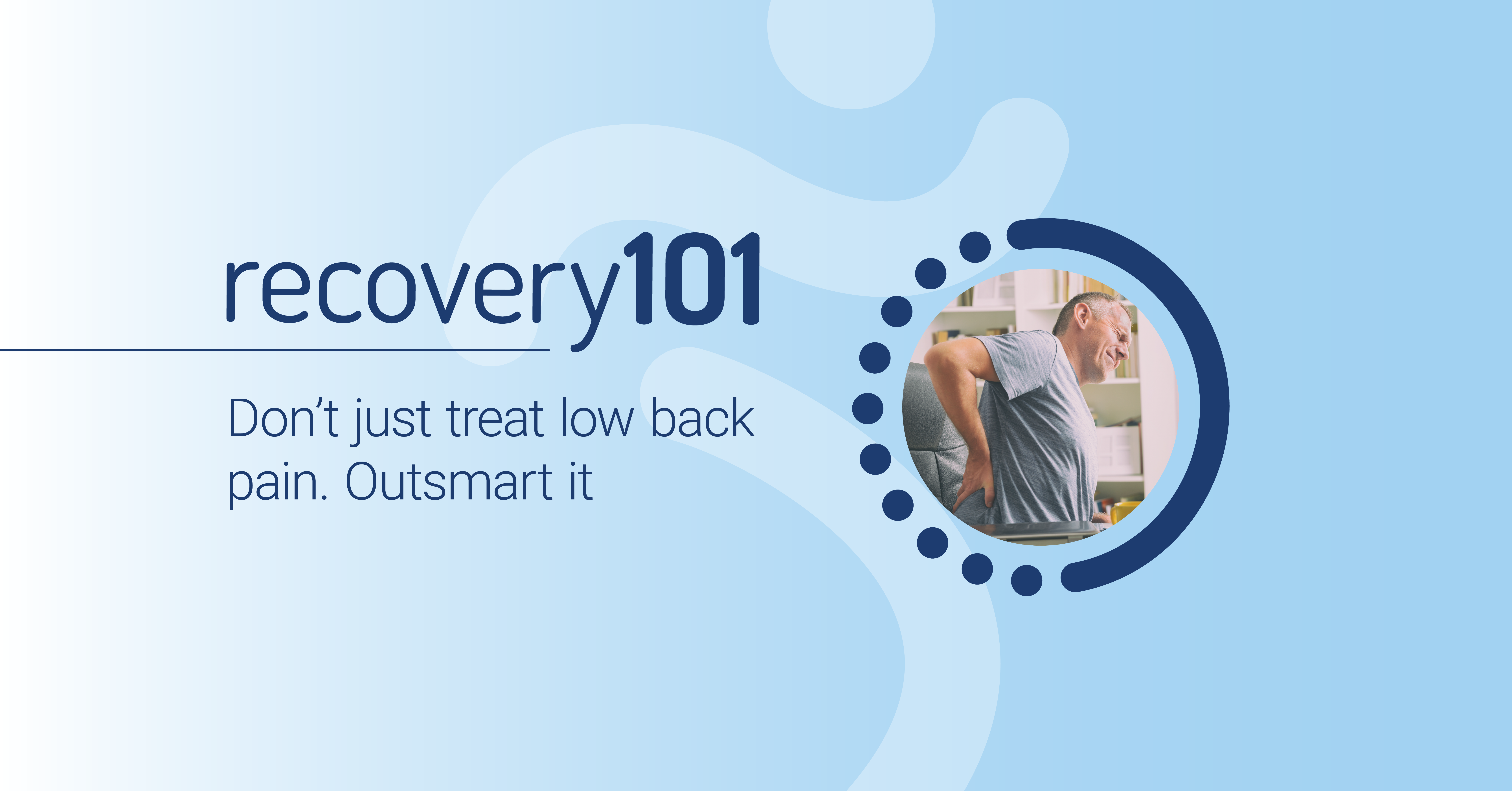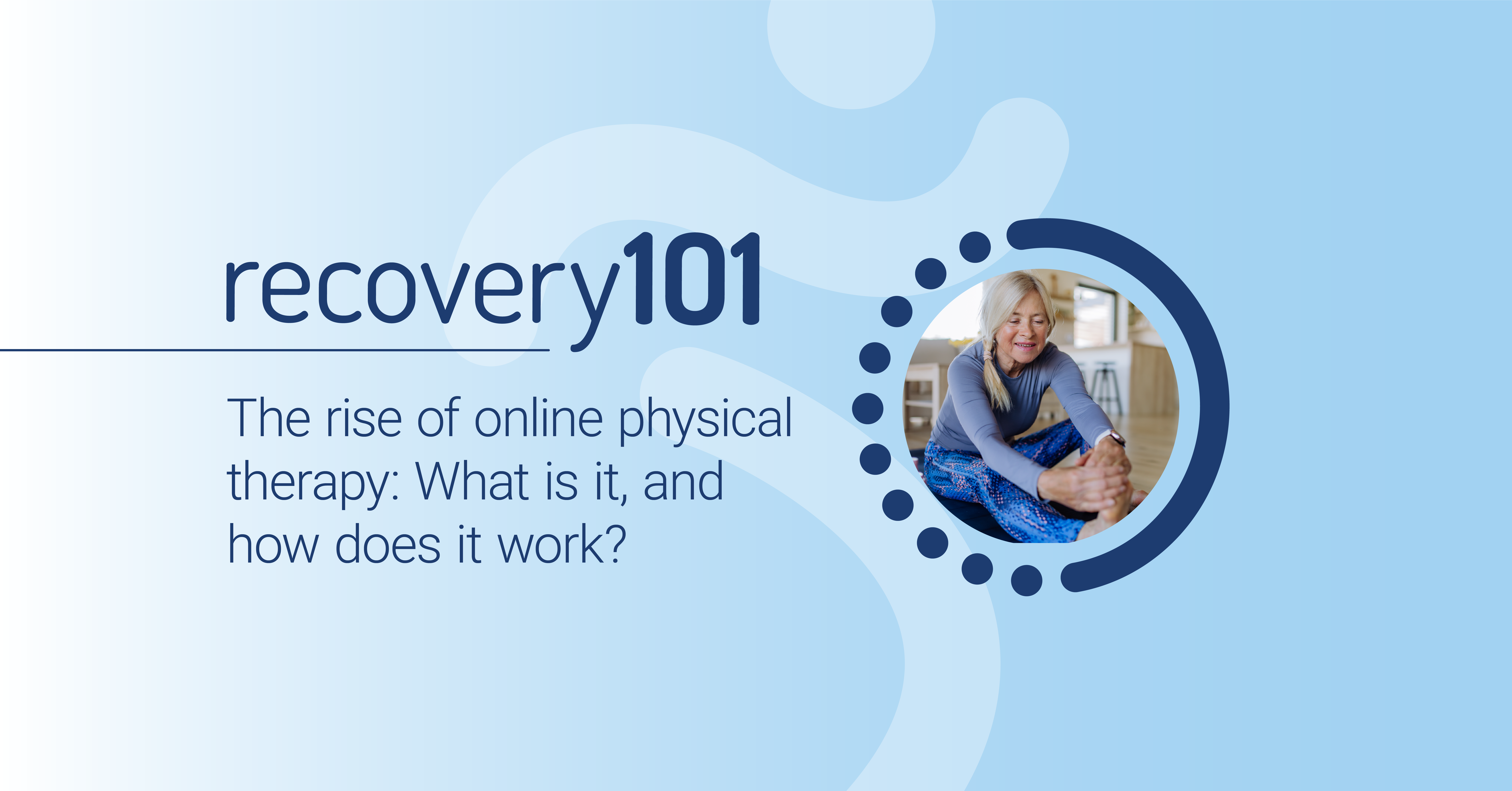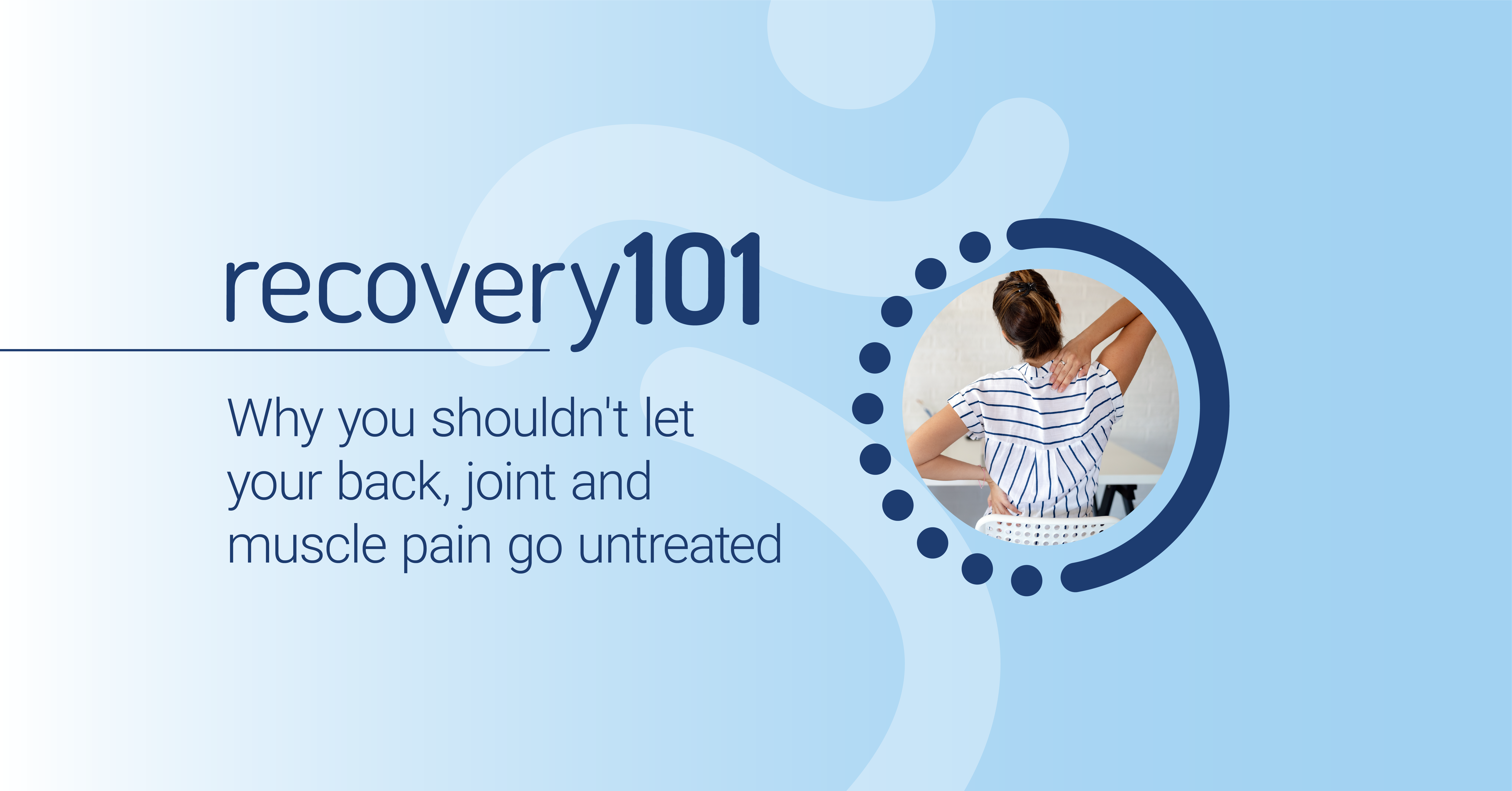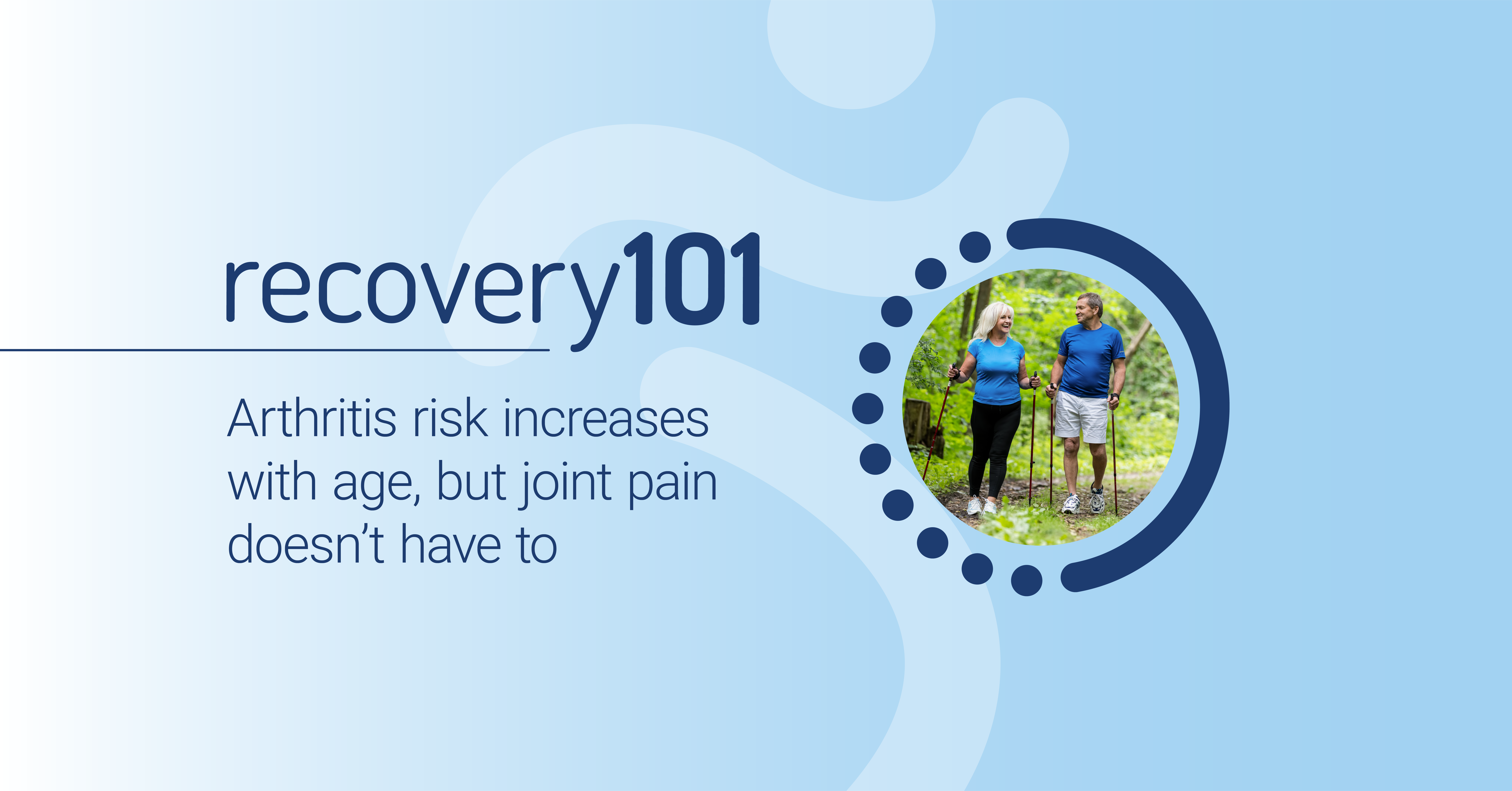The new year is a time of resolutions, goal setting and getting back to a healthier lifestyle after the holidays. For many, the new year symbolizes a clean slate, full of promise for a happier, healthier version of you. That’s why so many of us start new fitness routines, invest in gym memberships and take up new sports or activities this time of year.
But, even with the best intentions, an injury can quickly derail your plans for the new year. Not all injuries are preventable, but so many are. Fortunately, there are things you can do to keep chasing your goals instead of nursing an injury. Check out these tips to avoid back, joint and muscle injuries this year.
1. Move
A sedentary lifestyle is the number one enemy of good physical health. When you don’t move, your muscles and joints get stiff. Chances are that coming off the holidays, you may have gotten used to moving less than usual. While you may be able to get away with being less active for a few days, it’s not a habit you’ll want to keep. This is also true for you “weekend warriors” — being sedentary all week and expecting your body to perform on demand without consequences is a recipe for joint and muscle injuries. So, the number one injury prevention tip is simple — move.
And more specifically, move daily. Increasing your activity for a few minutes each day is a great place to start. If you have a desk job, get up every 30 minutes, even just to stand and stretch for a moment. If you’ve fallen off your typical exercise routine, get back to it — even if it’s just five minutes of purposeful exercise or movement per day, it’s better than nothing! Or, if you already have some pain and aren’t sure where to start, check out RecoveryOne for structured exercise programs to relieve pain and help you get moving.
2. Self-care
Keyword: self. Yes, you. Not everyone else in your life. So many of us get caught up in caring for kids and other family members and simply forget to care for ourselves. But guess what — if you’re healthy and happy, you’ll be even better at showing up for others.
Self-care looks different for everyone, but generally, it means taking a few minutes a day to tend to your physical and mental well-being. Physically, this could mean getting a massage, a short foam rolling session or ten minutes of restorative yoga or stretching each day. For your mental health, this could mean some mindful meditation, a run to clear your head or practicing gratitude. Find a short routine that works for you, and stick to it!
3. Ease into new things
Want to run a marathon in 2023? Or maybe you want to join that pickleball league you’ve had your eye on. Whatever your goals are, remember that your body will need some time to get used to new things. Different activities can demand more strength and flexibility, and it takes time to develop both without injury. Setting realistic goals and easing into new activities is key to maintaining your physical health.
Maybe a marathon is a lofty goal if you’ve never been a runner before, but it’s certainly possible in time. Ease into your training and create achievable stepping-stones along the way. Setting short-term goals to get you to your big, long-term goal is a good way to avoid getting ahead of yourself, and a health coach can help you create a plan and stay motivated throughout your journey. So, reach for the stars with your 2023 health goals but have a realistic plan to get you from where you are now to where you want to be.
4. Hydrate
Did you know the recommended daily water intake is at least 72 ounces? But, according to CDC data from 2015-2018, the average US Adult is only actually drinking around 44 ounces per day. And, of course, this doesn’t account for your environment or activity level — water intake should increase in hotter climates and with strenuous physical activity.
So, what exactly is the connection between water and injury prevention? Water is vital for all bodily functions, including your joints and muscles. Joints have a lubricant in them called synovial fluid. Water is a major component of synovial fluid. If you’re chronically dehydrated, you may experience more friction, irritation and pain in your joints. In addition, dehydration can impact your muscles on a cellular level, making your movements less efficient and predisposing you to muscle injury.
Are you drinking enough? If not, try getting a new water bottle to fill and sip from throughout the day and consider setting reminders on your phone to help you remember to drink.
5. Consult a professional
Let’s face it: life can be messy, and sometimes self-care, exercise routines, and even hydration go out the window. Muscle and joint soreness is not something to be feared, but it also shouldn’t be ignored. If you find yourself with a sore back from sitting all day after a rigorous workweek or an achy shoulder after playing catch with your kids for the first time in a while — it’s okay, but don’t let it linger.
In fact, muscle soreness is normal after taking up a new activity or pushing your body’s limits. Still, any pain that lingers for more than a couple of days is usually a sign that something is not quite right and could lead to a more serious injury in the future. Getting on top of underlying issues like this can be the difference between sitting on the sidelines or setting a new personal record this year.
Get help from a movement professional like a physical therapist to understand what might be causing underlying pain and how to address it. Most of the time, when you have pain, knowing what to do to make it better is the hardest part. RecoveryOne gives you access to professionals who can point you in the right direction before your aches and pains get worse. With a convenient 15-minute consultation, a RecoveryOne PT can create a simple program designed to address whatever you have going on. Knowing what to do to take care of yourself is a powerful feeling.
About the Author:
Written by Dr. Jess Cobb, PT, DPT. Jess is a licensed physical therapist with over six years of clinical experience in orthopedics. Jess is also a writer, educator and member of RecoveryOne’s marketing team. She’s passionate about helping people better understand their pain, manage their musculoskeletal conditions and confidently get back to the activities they love
This blog and its contents do not constitute medical advice specific to you or your condition. The information provided is for educational purposes only and should not be used for self-diagnosis. Consult a qualified professional for appropriate medical advice.
